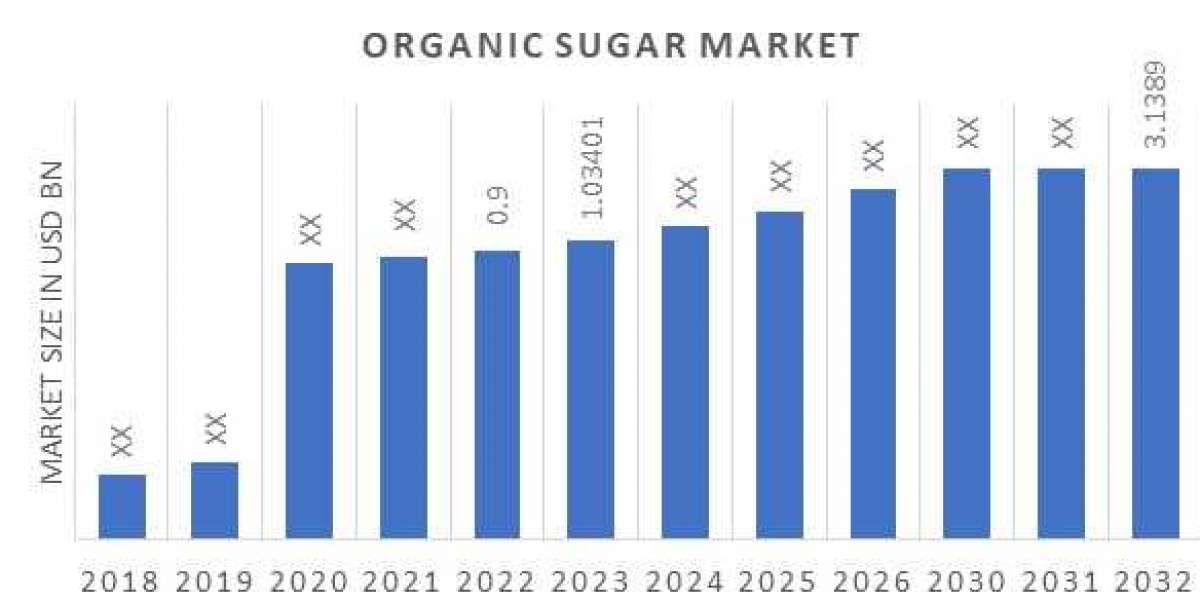Introduction: Understanding Algorithmic Trading
Algorithmic trading has become a cornerstone of modern financial markets, transforming the way trades are executed. At its core, algorithmic trading refers to the use of computer algorithms to automate trading decisions and processes. These algorithms follow pre-defined instructions for trade execution, often at speeds and frequencies that human traders cannot match. The rise of algorithmic trading has led to the emergence of specialized companies that focus solely on developing and deploying these sophisticated trading systems.
In this article, we will delve into the world of algorithmic trading companies, exploring their role in the financial markets, the technologies they employ, the advantages they offer, and the challenges they face. By understanding the intricacies of these companies, we can gain insight into how they are reshaping the financial landscape.
The Role of Algorithmic Trading Companies in Financial Markets
Algorithmic trading companies play a crucial role in the financial markets by providing liquidity, enhancing market efficiency, and reducing transaction costs. These companies typically operate as market makers, high-frequency traders (HFTs), or providers of trading algorithms to institutional and retail investors.
As market makers, algorithmic trading companies provide liquidity to the markets by continuously buying and selling securities. This constant flow of trades helps to narrow bid-ask spreads and stabilize prices, ultimately making the markets more efficient. High-frequency trading, a subset of algorithmic trading, involves executing a large number of trades within milliseconds. HFT firms leverage advanced algorithms to capitalize on minute price discrepancies, often holding positions for only a fraction of a second.
Moreover, algorithmic trading companies develop and sell trading algorithms to institutional investors, such as hedge funds, mutual funds, and pension funds. These algorithms are designed to execute large orders in a way that minimizes market impact and maximizes profitability. Retail investors can also access algorithmic trading strategies through platforms provided by these companies, enabling them to automate their trading processes.
Technologies Driving Algorithmic Trading Companies
The success of algorithmic trading companies hinges on their ability to leverage cutting-edge technologies. One of the most important technologies in this field is artificial intelligence (AI) and machine learning (ML). These technologies enable algorithms to learn from historical data, identify patterns, and make predictions about future market movements. By continuously refining their models, algorithmic trading companies can stay ahead of the competition and adapt to changing market conditions.
Another critical technology is high-speed data processing. Algorithmic trading requires the ability to process vast amounts of data in real-time, including market data, news, and social media sentiment. Companies rely on advanced computing infrastructure, including graphics processing units (GPUs) and field-programmable gate arrays (FPGAs), to achieve the necessary processing speeds. These technologies allow algorithms to react to market events within microseconds, giving firms a competitive edge.
Connectivity is also a key factor. Algorithmic trading companies often co-locate their servers in close proximity to exchange data centers to minimize latency. This physical proximity enables faster execution of trades, which is crucial in high-frequency trading where milliseconds can mean the difference between profit and loss.
Advantages of Algorithmic Trading Companies
Algorithmic trading companies offer several advantages that have contributed to their rapid growth in the financial markets. First and foremost, they provide increased liquidity, which is essential for the smooth functioning of markets. By facilitating a continuous flow of trades, these companies help to reduce volatility and improve price discovery.
Another significant advantage is the reduction of transaction costs. Traditional trading methods often involve manual intervention, which can lead to delays and higher costs. Algorithmic trading eliminates much of the manual work, allowing trades to be executed quickly and at lower costs. This cost efficiency benefits both institutional and retail investors.
Furthermore, algorithmic trading companies enhance market efficiency. Their algorithms are designed to identify and exploit inefficiencies in the market, such as price discrepancies between different exchanges or securities. By arbitraging these discrepancies, algorithmic traders help to bring prices in line with their true value, contributing to overall market stability.
Algorithmic trading also allows for more sophisticated trading strategies. For example, statistical arbitrage involves taking advantage of statistical relationships between different securities. By analyzing historical data and correlations, algorithms can identify pairs of securities that tend to move together and place trades accordingly. This type of strategy would be difficult, if not impossible, to execute manually.
Challenges Faced by Algorithmic Trading Companies
Despite their many advantages, algorithmic trading companies face several challenges. One of the most significant challenges is regulatory scrutiny. As algorithmic trading has grown in prominence, regulators around the world have become increasingly concerned about its impact on market stability. Flash crashes, where markets experience sudden and severe drops in prices, have been linked to algorithmic trading. In response, regulators have implemented rules to monitor and control the use of algorithms in trading, which can limit the flexibility of algorithmic trading companies.
Another challenge is the risk of technological failures. Algorithmic trading relies heavily on complex software and hardware systems. A glitch or malfunction in these systems can lead to significant financial losses. Moreover, as algorithms become more advanced, they can behave in unpredictable ways, leading to unintended consequences in the markets. Algorithmic trading companies must continuously monitor and test their systems to ensure they operate as intended.
Market competition is also a significant challenge. The algorithmic trading space is highly competitive, with firms constantly vying to develop faster and more efficient algorithms. This competition drives innovation but also puts pressure on companies to invest heavily in research and development. Smaller firms may struggle to keep up with larger players who have more resources at their disposal.
The Future of Algorithmic Trading Companies
The future of algorithmic trading companies looks promising, as technological advancements continue to drive innovation in the field. As AI and ML techniques evolve, algorithms will become even more sophisticated, enabling companies to develop new trading strategies and improve existing ones. The use of alternative data sources, such as social media and satellite imagery, will also become more prevalent, providing algorithms with additional insights into market behavior.
However, the industry will also need to navigate the challenges of increasing regulation and market complexity. Algorithmic trading companies must strike a balance between innovation and compliance to ensure they can continue to thrive in the evolving financial landscape.
Conclusion: The Impact of Algorithmic Trading Companies
Algorithmic trading companies have revolutionized the financial markets by introducing speed, efficiency, and sophistication to the trading process. Through the use of advanced technologies, these companies provide liquidity, reduce transaction costs, and enhance market efficiency. However, they also face challenges related to regulation, technological risks, and competition.
As the industry continues to evolve, algorithmic trading companies will play an increasingly important role in shaping the future of financial markets. By staying at the forefront of technological advancements and adhering to regulatory requirements, these companies can continue to drive innovation and contribute to the stability and efficiency of global markets.


